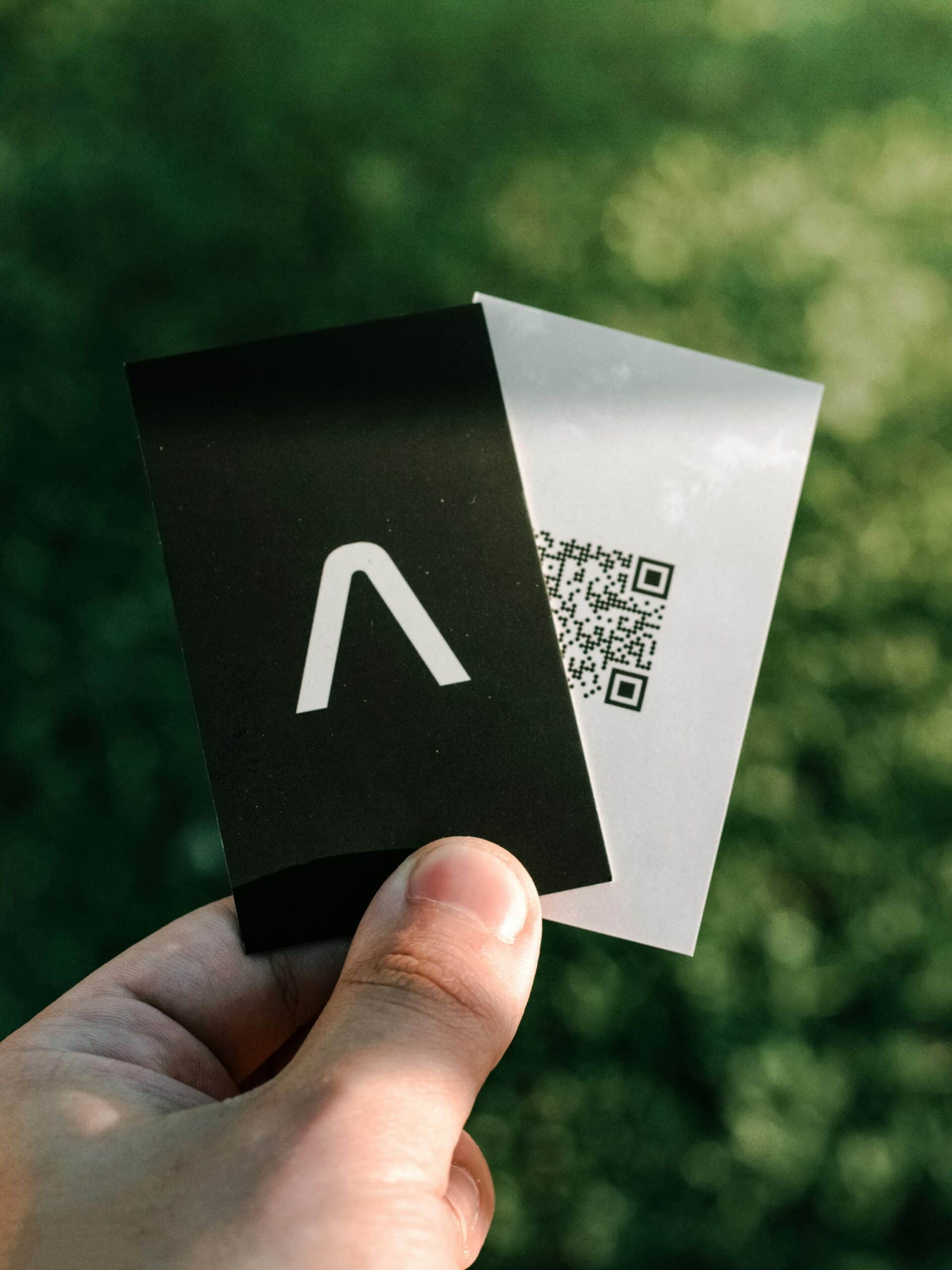Have you ever heard of a QR Code?
It looks like a little box that has a maze going on inside it. Similar to barcodes, they are also able to be scanned. Except, Quick Response Codes are more powerful and can contain much more information than the traditional barcode.
These codes originally started in the robotics industry and migrated over to the car manufacturing industry. The original barcode only holds information in one direction, whereas, QR Codes hold information both vertically and horizontally. Today, smartphones and tablets are usually required to read these code symbols. According to Pew Research Centre, it is estimated that more than 5 billion people have mobile devices; and over half of these connections are smartphones with a QR Reader built into the camera (or are free to download).

QR codes are on the rise again, but why are they popular?
QR Codes have become so popular that Apple has even added a new feature to iOS, allowing it to recognise codes by simply pointing the camera at it — no need for a separate app. It is quickly becoming the technology of choice for purchasing products, receiving payments, event registration and directing people to URLs, the list is endless.
For business, they are also great for tracking and analytics. What you can’t measure, you can’t improve so being able to receive scan statistics can tell you how well your QR Codes are performing, and where your customers prefer to scan.
Advertise Your Business!
You can print these codes on practically any form of marketing material. The code can be small or it can be large, however, be careful when shrinking it too small or enlarging it too much due to pixel issues. QR Codes are a non-threatening, non-pressuring way to get your point across. Similar to billboards, these code symbols are a way to attract your audience without forcing your message on your audience. They can then scan your code at their own leisure.
Business cards – typically contain graphics and text information. Adding a Quick Response code to your business card can be a great idea. You can only squeeze so much information on a business card. However, a code symbol the size of a finger-tip can provide thousands of times the information that a business card can.
Postcards – are typically A6 (148mm x 105mm) or A5 (210mm x 148mm) in size. Postcards are great because they can be mailed or handed out directly to your customers. With postcards, you can put a giant QR code symbol and just your web address underneath. This builds a huge level of intrigue and mystery! Although many people have smart phones, it is very important to make sure you include a call to action and your URL. Most people do not like feeling left-out if they are unsure as to what the QR code is.
T-Shirts – are affordable and can be a great mobile advertisement for your company! T-shirts can be printed as low as £5 and can contain your company logo and information. Again, instead of saying too much, sometimes it is better to say little; this builds intrigue. Instead of placing your logo on your shirt, why not print a huge code with only your web address? It is very cost-efficient to use vinyl heat sealing and the images can be stretched and enlarged easily.
Stickers – QR Codes on labels and stickers are a great place to start with if you are thinking of getting into this unique style of advertising. These days you can integrate custom QR codes on stickers and labels with minimum fuss.
How to Generate a Quick Response code?
Although it may look fairly complicated, it is actually quite easy to create your own QR Code. Do you have a website or a social media account? If you answered yes, then these codes could be very beneficial to you or your business.
Step one: Go to your favourite search engine and type in ‘QR Code Generator’. You will see several links, click on one of them. Now, remember, these codes are free to create so you should not expect to have to pay anything to generate one.
Step two: The QR Code Generator will ask you to import a URL extension. A URL extension could be your entire web address to your homepage, or the web address to any page found within your website. Simply go to the page that you want to create a QR code for and highlight the entire text found within the browser box, click copy and then paste it into the box where it asks you to generate a Quick Response code.
Step three: Click ‘Generate Code’ and now you have your own code! Save the QR code to your computer documents or desktop for future use and easy accessibility. Note: Every time you enter the same URL it will always generate the same code. Basically, there is only one QR Code generate per address.
